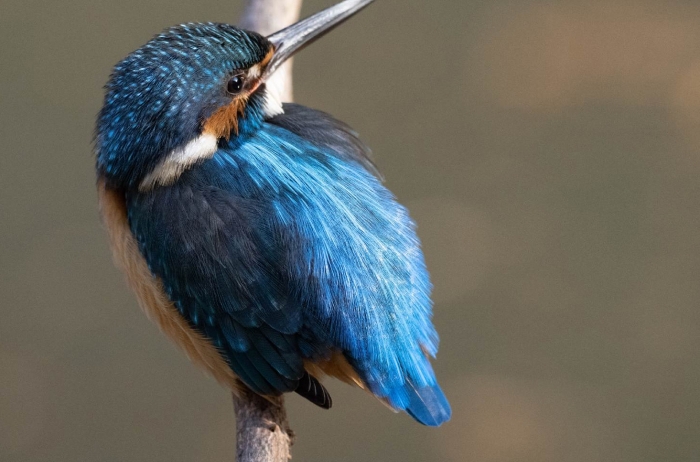- Messages
- 657
- Edit My Images
- No
Looking for something specifically and well adapted to taking stills of birds and wildlife. I have been looking at the Sony A6400 and Sony E 70-350mm f/4.5-6.3 G OSS. Can such a set up be bettered by anything else on the market within my budget? I would prefer to avoid full frame (or rather, its attendant bulk and weight). Most important are image quality and autofocus accuracy, and performance in low light. Maximum spend £1600 new, though I'll probably buy second hand.
Any thoughts? Thanks.
Any thoughts? Thanks.




